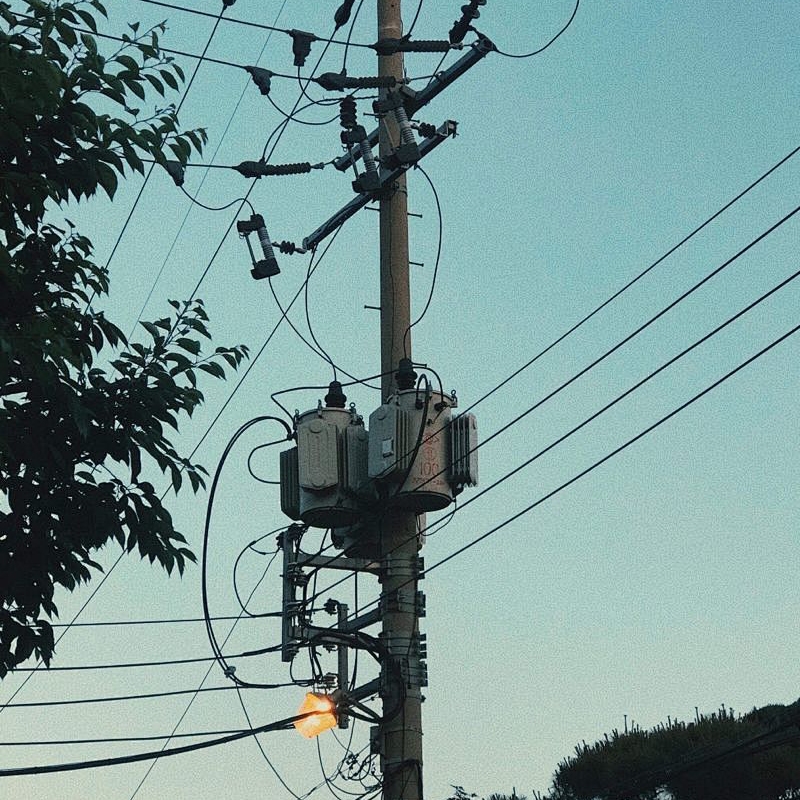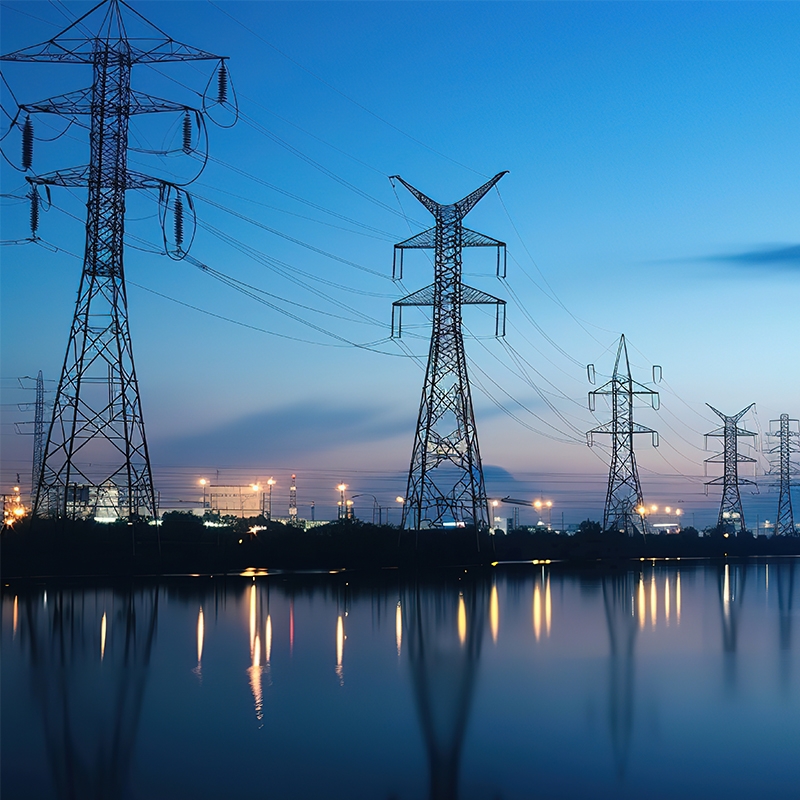What is ripple, noise, overshoot, backchannel?
1. What is a ripple?
1.1 Generation of ripple
According to Baidu.com: "Ripple is a phenomenon caused by the voltage fluctuation of the DC stable power supply, because the DC stable power supply is generally formed by the AC power supply through the rectification and voltage regulation, filtering and other links, because the filtering is not thorough, there will be residual AC components, which inevitably has some AC components in the DC stable quantity. This AC component superimposed on the DC stable is called a ripple. The composition of the ripple is more complex, it is usually in the form of a frequency above the power frequency of the sine-wave like harmonics, the other is a very narrow width of the pulse wave.
From this we know that the switching power supply output is not pure DC voltage, there are some AC components, which is caused by ripple and noise. Ripple is the fluctuation of the output DC voltage, which is related to the switching action of the switching power supply. In each on and off process, electrical energy is "pumped" from the input to the output, forming a process of charging and discharging, resulting in fluctuations in the output voltage, and the frequency of fluctuations is the same as the frequency of the switch. Ripple voltage is the peak-to-peak value between the crest and trough of the ripple, and its size is related to the capacity and quality of the input capacitance and output capacitance of the switching power supply.
1.2 Representation of ripple and its hazards
Expression method:
It can be expressed by an effective value or a peak value, or by an absolute or relative quantity. In general, companies will use peak-to-peak value, that is, the absolute value of the pressure difference (peak and trough minus), and compare whether the relative quantity meets the standard requirements.
Unit: mV
Here is an example:
If we use a DC/DC output of 3.3V, use an oscilloscope active probe, adjust the port to DC coupling (if passive probe, use AC coupling, and adjust the bias to 3.3V), the test results are ±25mV (passive probe test results correspond to 3.3V±25mV). Then we can say that the ripple of this DC/DC output is 50mV, which is an absolute quantity, and the relative quantity is the ripple coefficient = ripple voltage/output voltage = 50mV/3.3V=1.51%.
Ripple hazards:
It is easy to produce harmonics on electrical appliances, and harmonics will produce more harm;
Reduces the efficiency of the power supply;
Strong ripple may cause the generation of surge voltage or current, resulting in the burning of electrical devices;
Will interfere with the logic of the digital circuit, affect the normal work;
Will bring noise interference, so that the image equipment, audio equipment can not work properly.
1.3 Ripple classification and suppression methods
The first thing to note is that no matter what kind of ripple, there are generally four most effective ways to reduce the ripple:
1) Output with π circuit filter, LC filter;
2) Increase capacitance;
For output capacitors, aluminum electrolytic capacitors are used to achieve the purpose of large capacity. However, the electrolytic capacitor is not very good in suppressing high-frequency noise, and the ESR is relatively large, so a ceramic capacitor will be parallel next to it to make up for the lack of aluminum electrolytic capacitors. At the same time, when the switching power supply works, the input voltage Vin is unchanged, but the current changes with the switch. At this time, the input power supply will not provide current well, usually near the current input (in the case of BucK type, near the SWITcH), the capacitor is connected in parallel to provide current.
3) Increase inductance;
The selection of inductors generally takes into account the rated current of inductors. In general, in the circuit design stage, it is necessary to choose an inductance larger than the rated inductance.
4) Reasonable wiring.
It should be noted that in the actual debugging process, it is necessary to try many aspects, because sometimes the capacitor and inductance are increased separately, the effect is not ideal!!
The output ripple is mainly composed of low frequency ripple, switching frequency ripple and high frequency ripple.
The output ripple noise of switching power supply mainly comes from five aspects: low frequency ripple, high frequency ripple, common mode ripple noise caused by parasitic parameter, UHF resonant noise caused by power device switching, and ripple noise caused by closed-loop regulation control.
1) Low frequency ripple:
The low frequency ripple is related to the filter capacitance capacity of the output circuit. The capacity of the capacitor cannot be increased indefinitely, resulting in residue of the output low-frequency ripple. The low frequency ripple is the input rectifier ripple transmitted to the output through the DC/DC converter, and its size depends on the capacitance of the rectifier filter capacitor and the regulator performance of the feedback regulation loop.
After the AC ripple is attenuated by the DC/DC converter, it appears as low-frequency noise at the output end of the switching power supply, and its magnitude is determined by the ratio of the DC/DC converter and the gain of the control system.
Several common methods of low frequency ripple suppression:
1. Increase the inductance and capacitance parameters of the output low-frequency filter;
The ripple on the capacitor has two components, one is the voltage rise and fall when charging and discharging, and the other is the voltage drop on the ESR when the current enters and leaves the capacitor.
By the relation between output ripple and output capacitance:
Vripple=Imax/ (Co * f)
It can be seen that increasing the output capacitance can reduce the ripple. Or consider reducing the ESR value in parallel, or using a capacitor with LOW ESR.
2. Adopt feedforward control method to reduce the low frequency ripple component
Its purpose is to accelerate the response speed of the system and improve the regulation quality of the system.
2) High-frequency ripple:
High frequency ripple noise comes from high frequency power switching circuit. When the input DC voltage is rectified and filtered by the power device after high-frequency switching, the output contains high-frequency ripple of the same frequency as the operating frequency of the switch, and its influence on the external circuit is mainly related to the conversion frequency of the switching power supply and the structure and parameters of the output filter.
In the design, the working frequency of the power converter can be increased as much as possible, which can reduce the filtering requirements for high frequency switching filtering.




